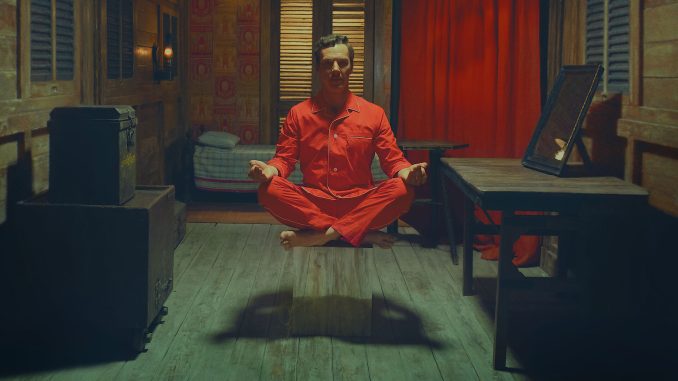
With all due respect to major films with marathon running times—e.g. Oppenheimer (180 minutes), or Killers of the Flower Moon (206 minutes), quite a lot of recent viewing pleasure at the Stream & Dream Lounge has come in the form of film shorts, all of them running less than an hour, some running less than 15 minutes.
That includes very contemporary stuff like Wes Anderson’s adaptations of four Roald Dahl stories on Netflix, and the brilliantly restored films in the collection, Early Short Films of the French New Wave, from Icarus Films. There are other classic Nouvelle Vague shorts on The Criterion Channel, and You Tube browsings have brought me to a new appreciation of the much-maligned Roscoe “Fatty” Arbuckle as both actor and director. You Tube has also yielded up an early Our Gang comedy, a silent short from 1925, that strikes me as a flat-out masterpiece.
Anderson’s collection of Dahl stories includes “The Swan,” in which a small, very smart young boy is tormented by two brutish bullies, and “Poison,” in which an Englishman (Benedict Cumberbatch) in India finds a poisonous snake sleeping on his stomach, and his assistant (Dev Patel) and the local doctor (Ben Kingsley) work frantically to rescue him. In “The Rat Catcher,” a village reporter (Richard Ayoade) and a mechanic (Rupert Friend) listen to an eccentric rat catcher (Ralph Fiennes) explaining the intricacies and mental nuances of his profession. In “The Wonderful Story of Henry Sugar,” the 29-minute centerpiece of the series, a super-wealthy Englishman (Cumberbatch) becomes obsessed with learning, and putting into practice, the secrets of a circus performer billed as “The Man Who Sees Without Using His Eyes” (Kingsley).
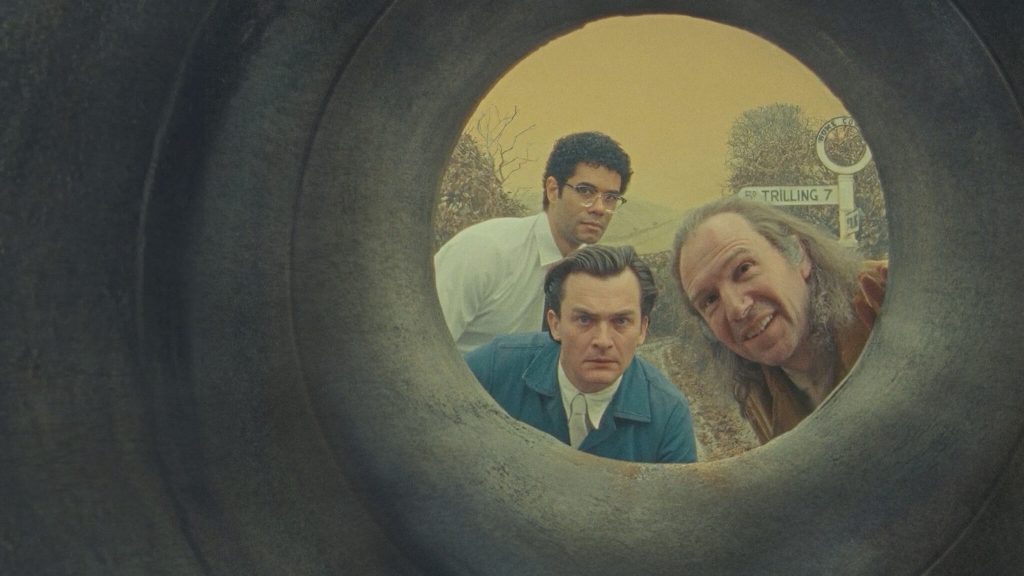
Anderson brings frisky stylistics and freewheeling intellect to all four stories. Each of them has elements of horror and fantasy, but Anderson’s mixture of unconventional style and direct contact with the language of Dahl’s texts again makes for a richly rewarding kind of movie experience. In “Poison,” for example, Patel serves as onscreen narrator at the same time that he’s playing and speaking the part of the assistant. Ayoade serves similarly in “The Rat Catcher.” In “The Swan,” the onscreen narrator (Friend) announces that he is the adult that the small boy in the story later became, and he shares screen time with the boy (Asa Jennings), who participates but never speaks. The bullies in that story are vividly described and heard from (via the narrator), but never seen.
Fiennes is superb throughout—he plays Roald Dahl as on-screen narrator and commentator in three of the stories and is especially sharp as the eponymous rat catcher. Cumberbatch is a very evocative presence in “Henry Sugar” and, rather differently, in “Poison.” And Kingsley works small, prickly wonders as the doctor in “Poison” and is perfectly, eerily credible as Imdad Khan, “The Man Who Could See Without His Eyes.” All five of the series’ stars, by the way, have dual roles in “Henry Sugar.”

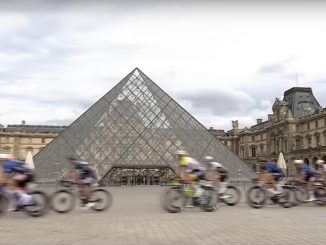
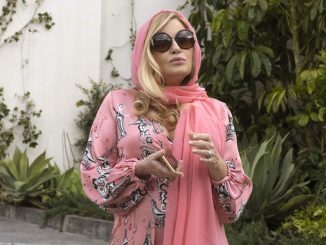
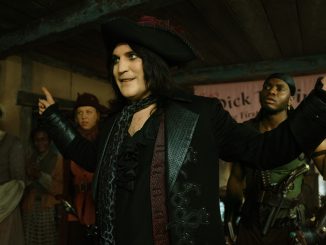
Be the first to comment